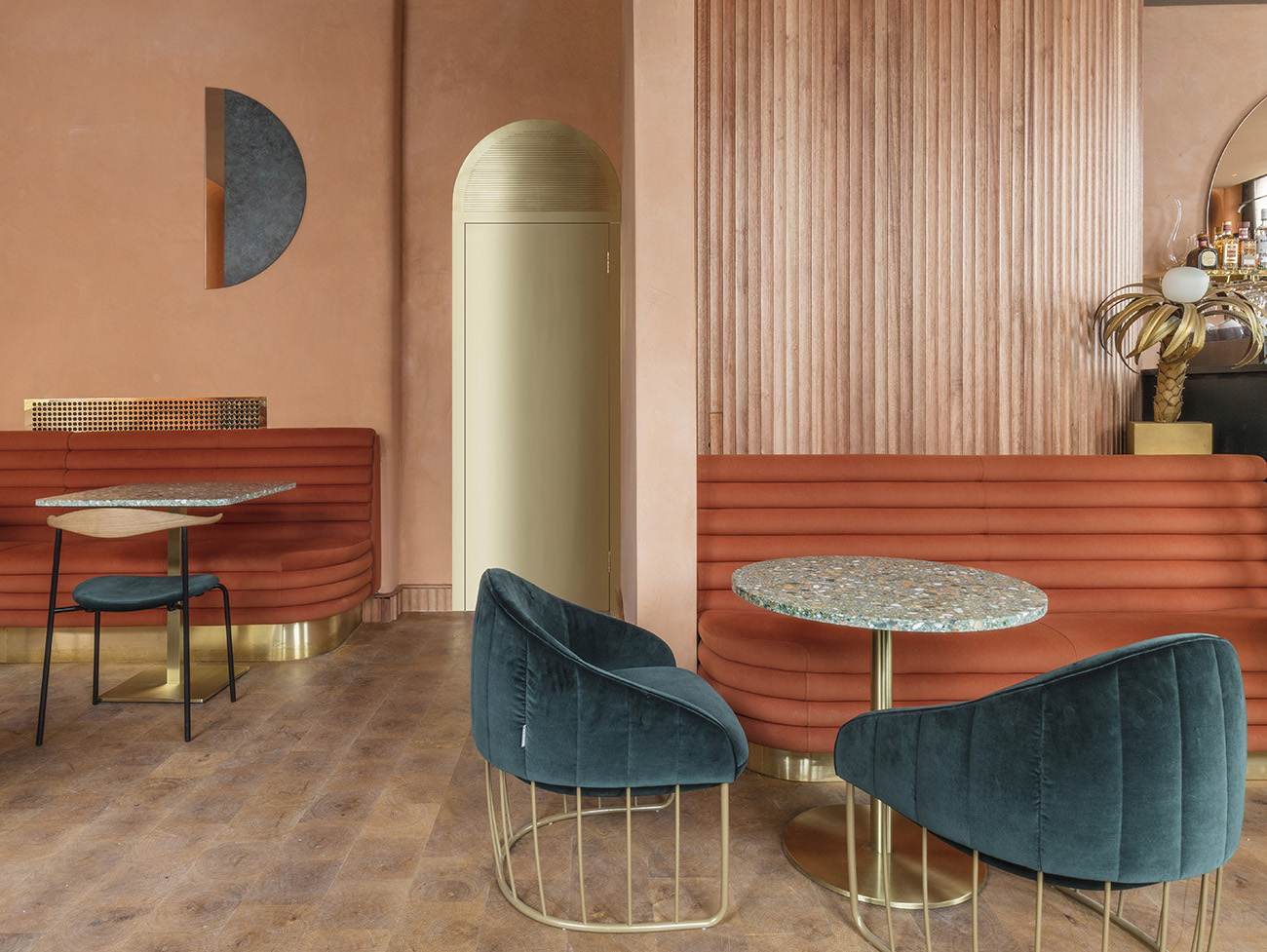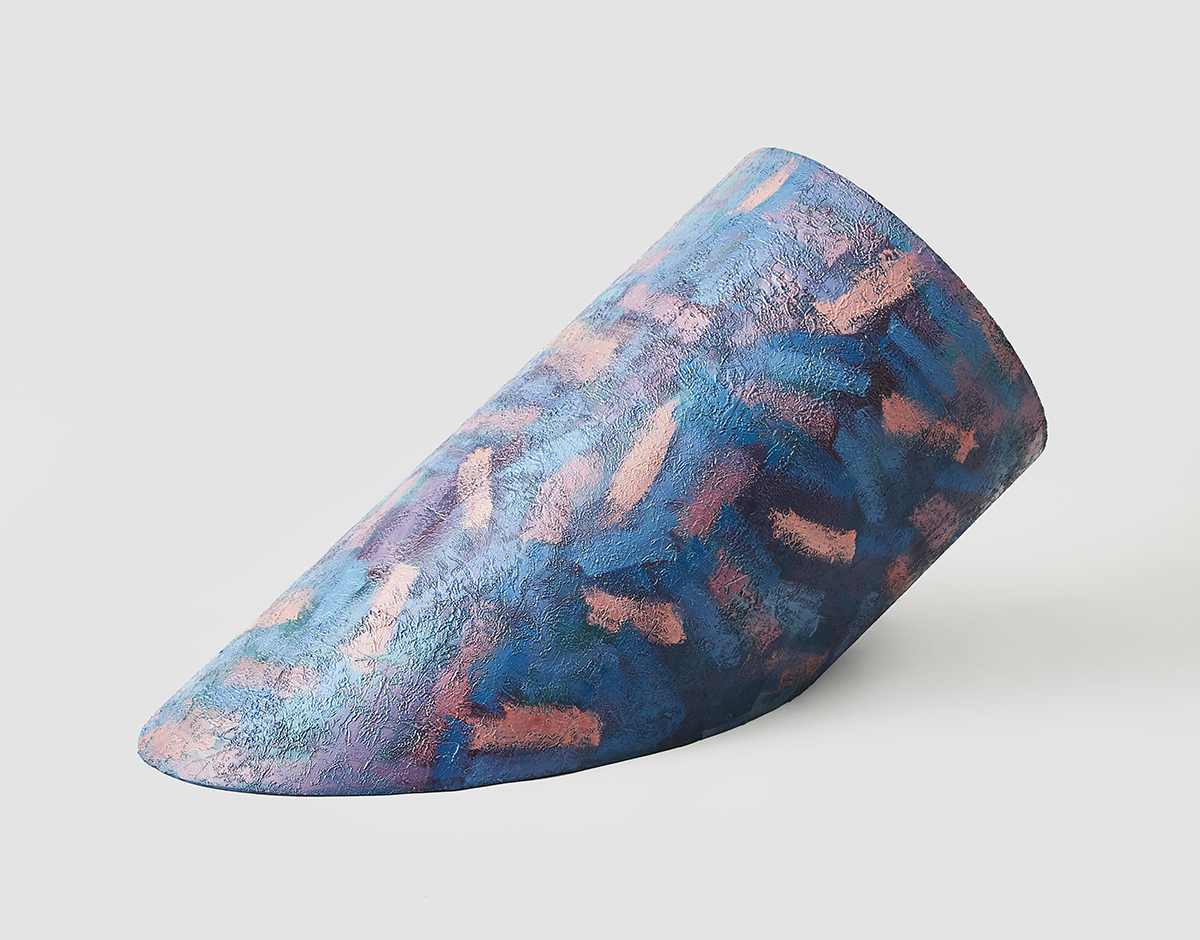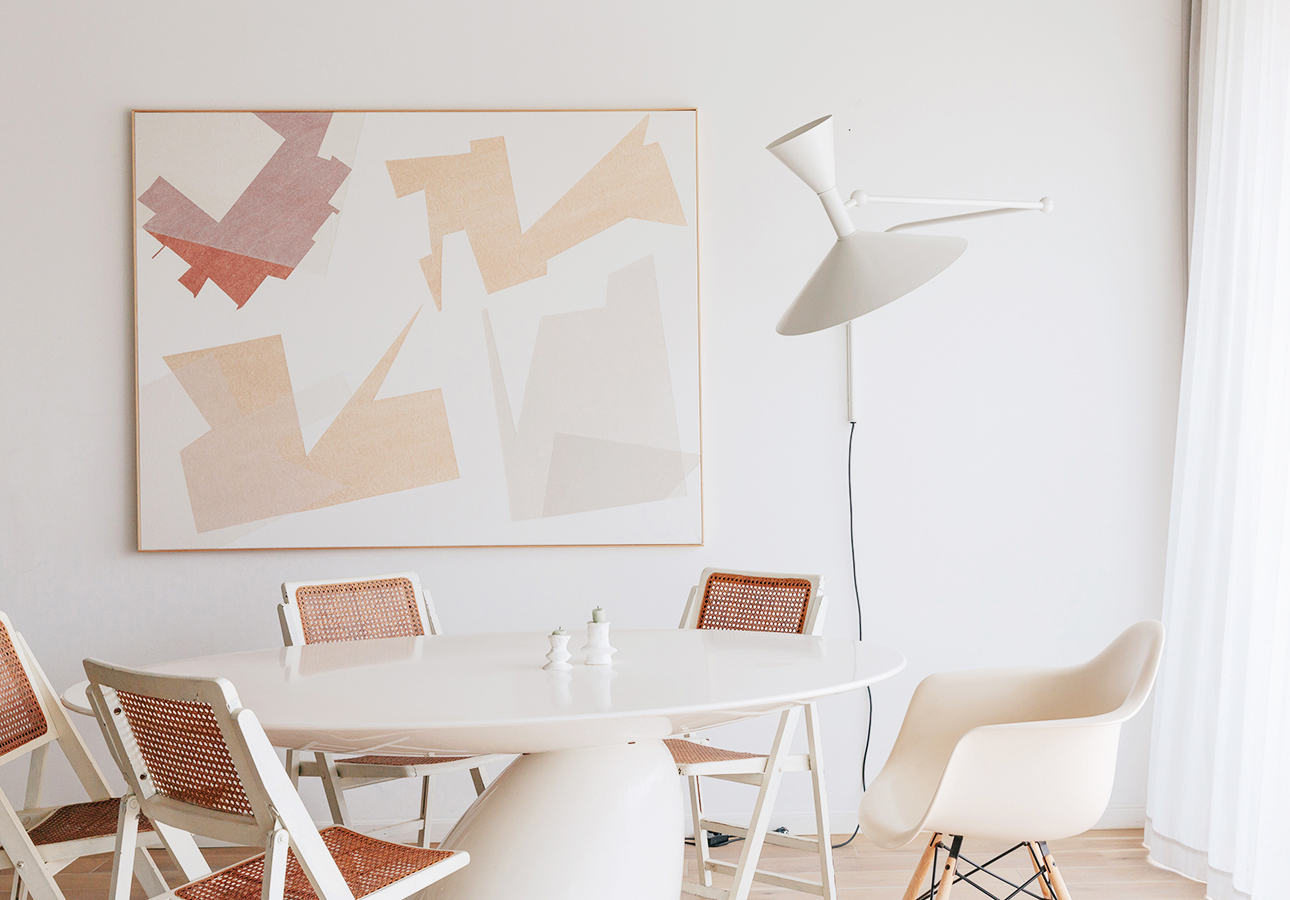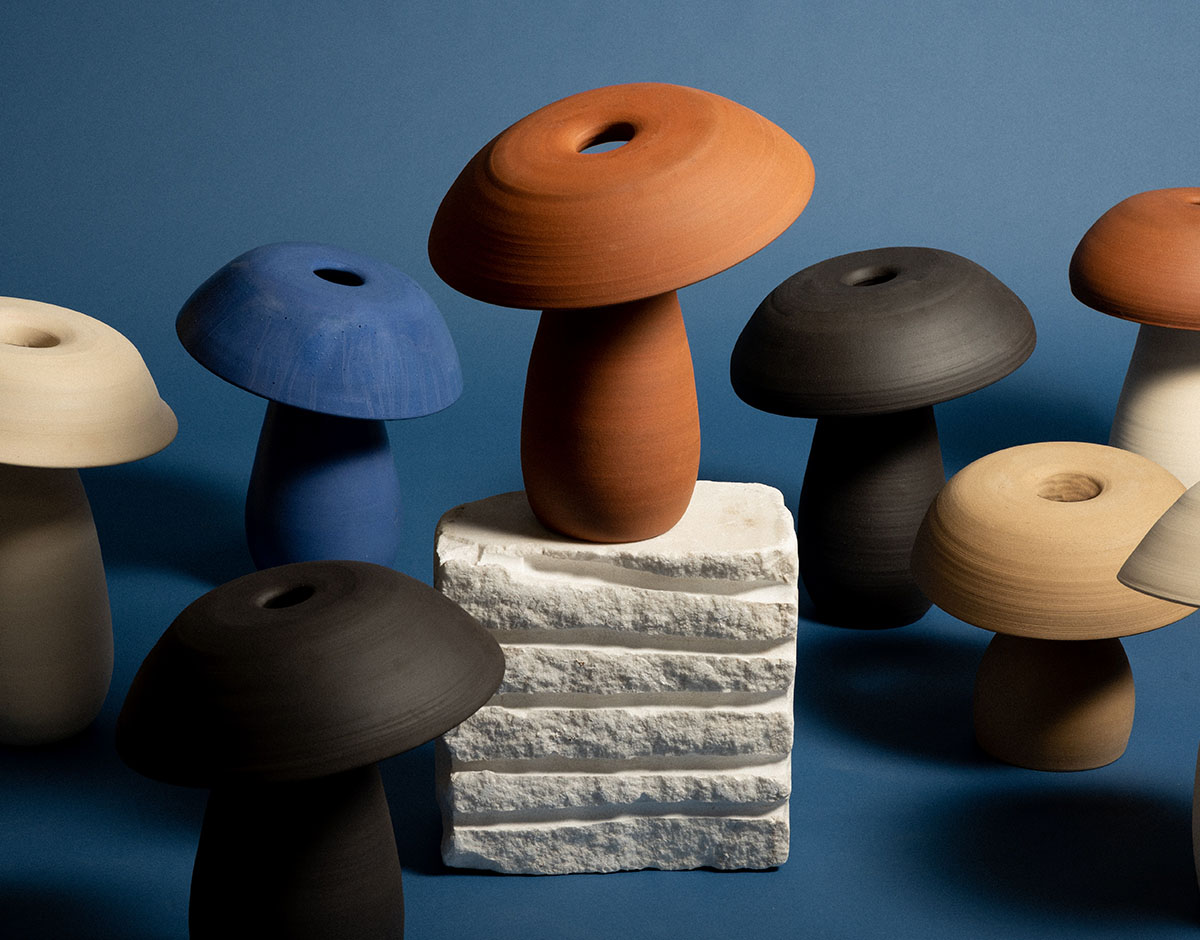
12.08.21
American Design Hot List
The 2021 American Design Hot List, Part III
This week we announced our 9th annual American Design Hot List, Sight Unseen’s editorial award for the names to know now in American design. We’re devoting an entire week to interviews with this year’s honorees — get to know the third group of Hot List designers here (including Nicholas Bijan Pourfard, whose Mushroom lamps are shown above).
Minjae Kim
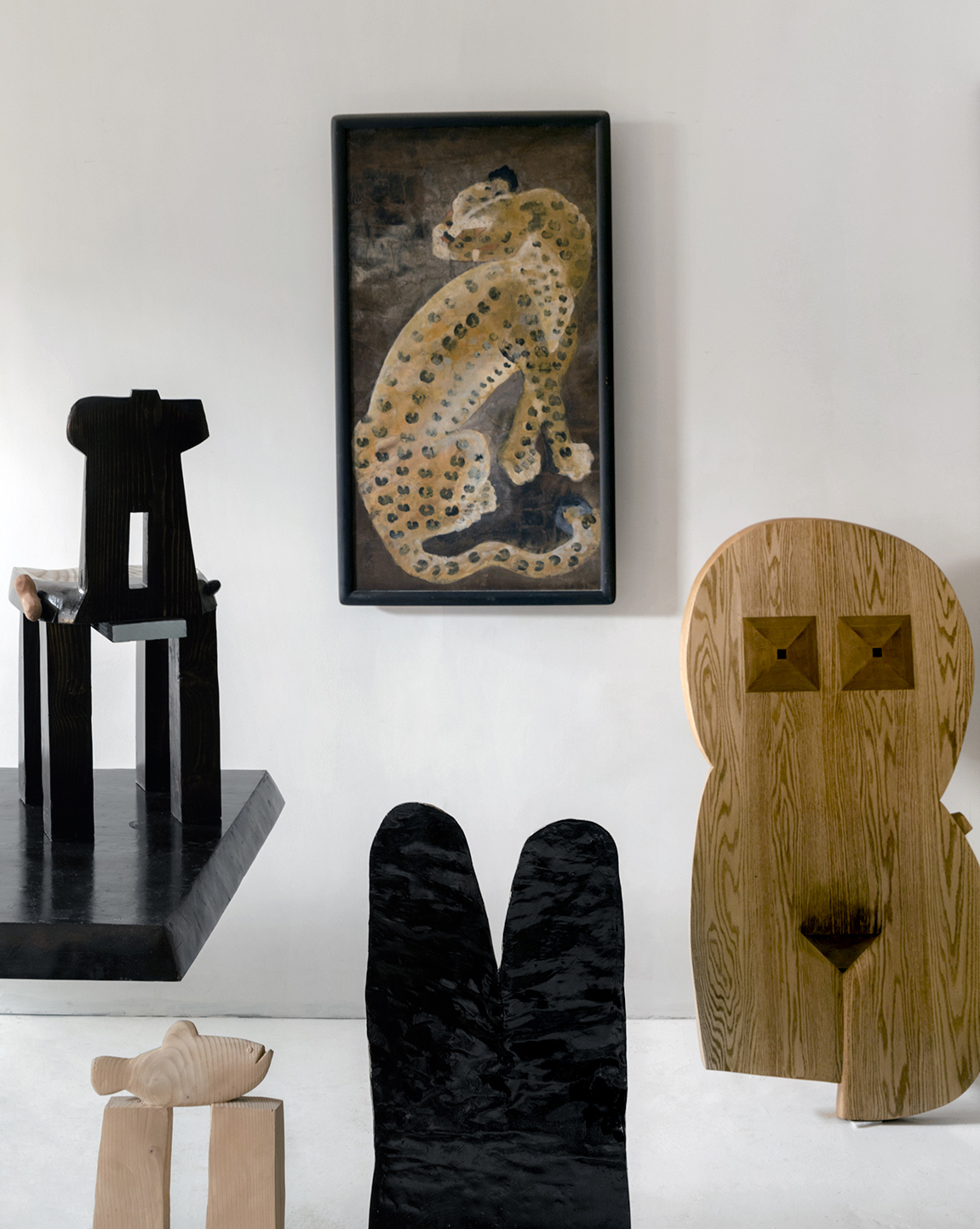
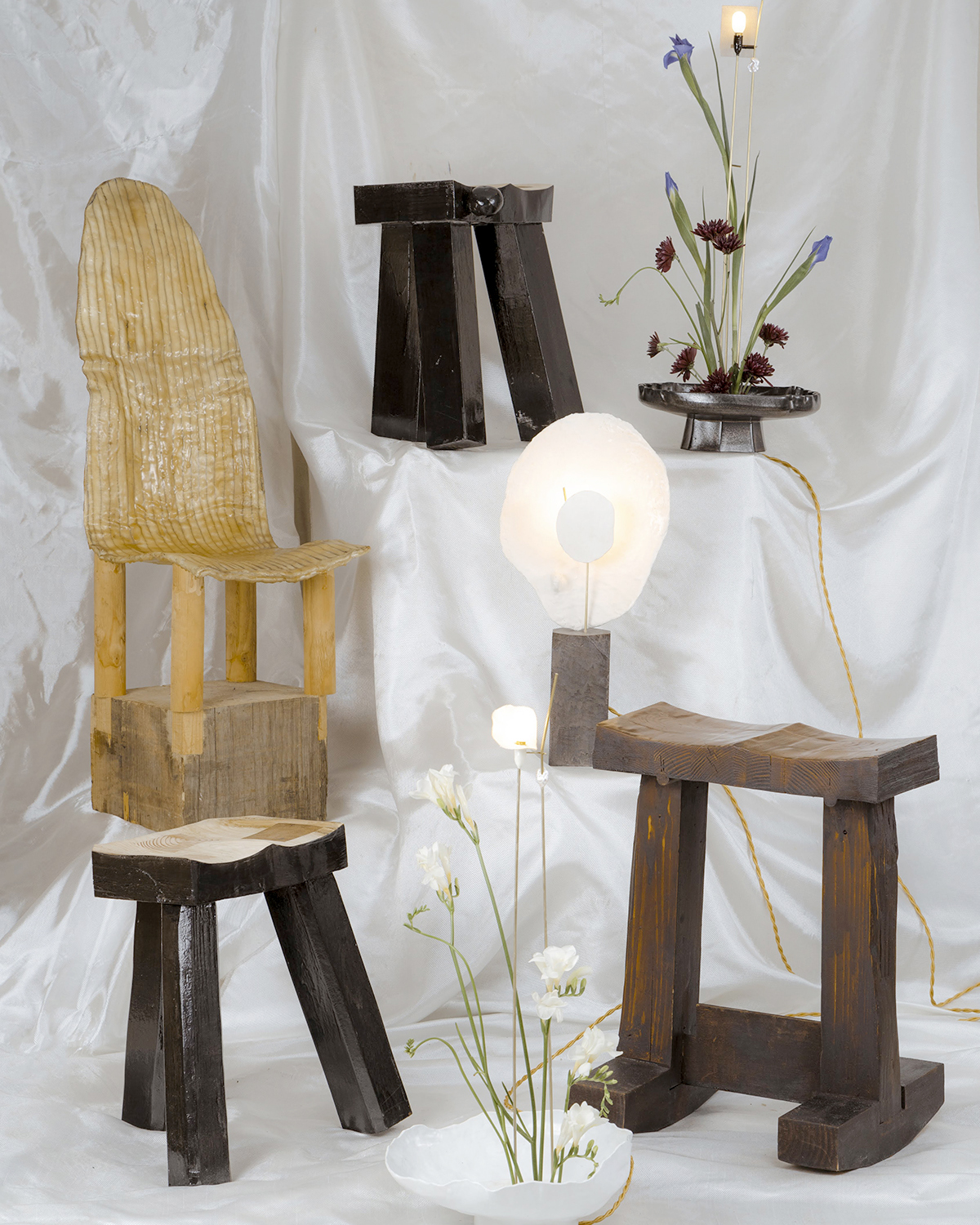
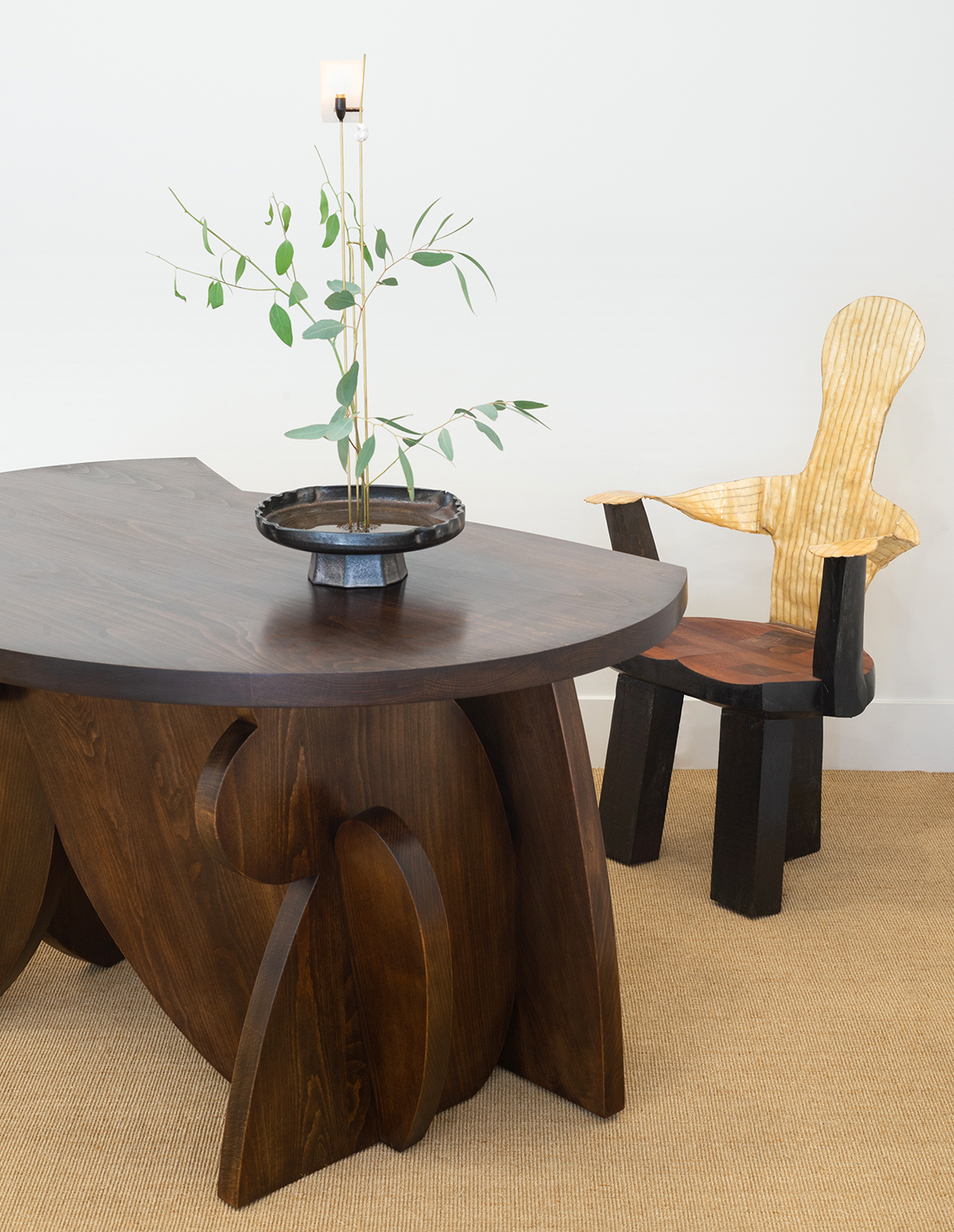
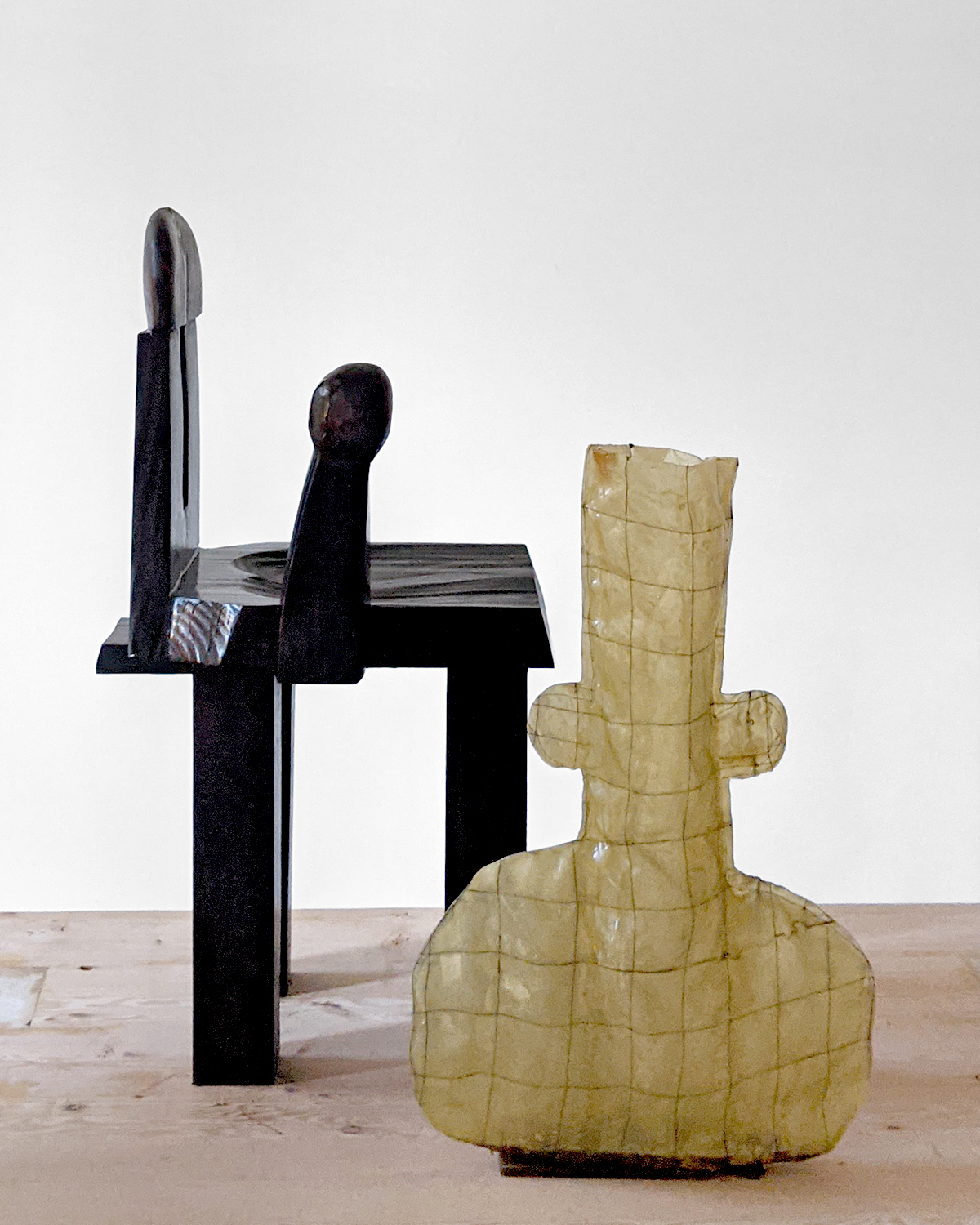
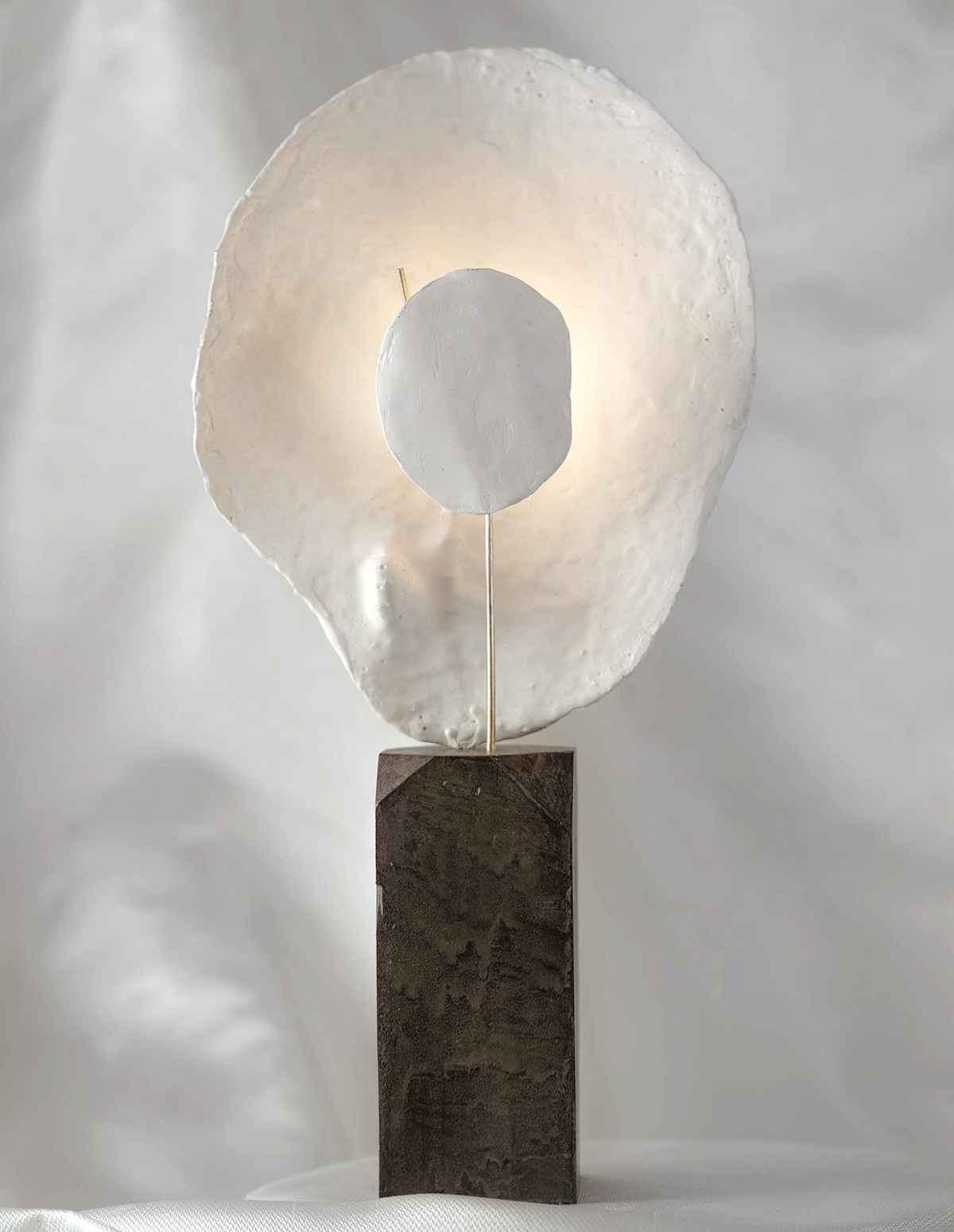 Brooklyn, minjae.kim
Brooklyn, minjae.kim
Born in Seoul but now based in Brooklyn and Queens, Minjae Kim cut his teeth working in the interiors and furniture studio of former ADHL honoree Giancarlo Valle. With Valle, Kim shares a certain sense of poetry, but in Kim’s hands, the meticulous craftsmanship and humorous forms are all infused with strains of his South Korean identity and upbringing. A summer show at Marta Gallery in Los Angeles cemented Kim as a force to be reckoned with.
What is American design to you, and what excites you about it?
I’m actually quite uncertain if there is a clear definition of what American design is these days but perhaps this uncertainty in its identity is what allows the American design market to be so eclectic, allowing everyone to find their own pockets — which I find extremely comforting.
What are your plans and highlights for the upcoming year?
I’m planning on having a duo-show at Matter in April with Myoung Ae Lee, a South Korean painter who also happens to be my mother. This will be a nerve-wracking attempt to share a very personal story and also to bring my family into my professional life but concurrently an extremely introspective opportunity as I launch into a full year of solo practice.
What inspires or informs your work in general?
I think at the core of my work is the desire and need to connect, which applies broadly to the masters and contemporaries that I reference, the material that I use, and also my audience — which is why making work is often the most grounding experience for me. I suppose in that sense I’m always drawn to a certain animistic aspect to material practice and seeing more and more of that in my own work.
Nicholas Bijan Pourfard

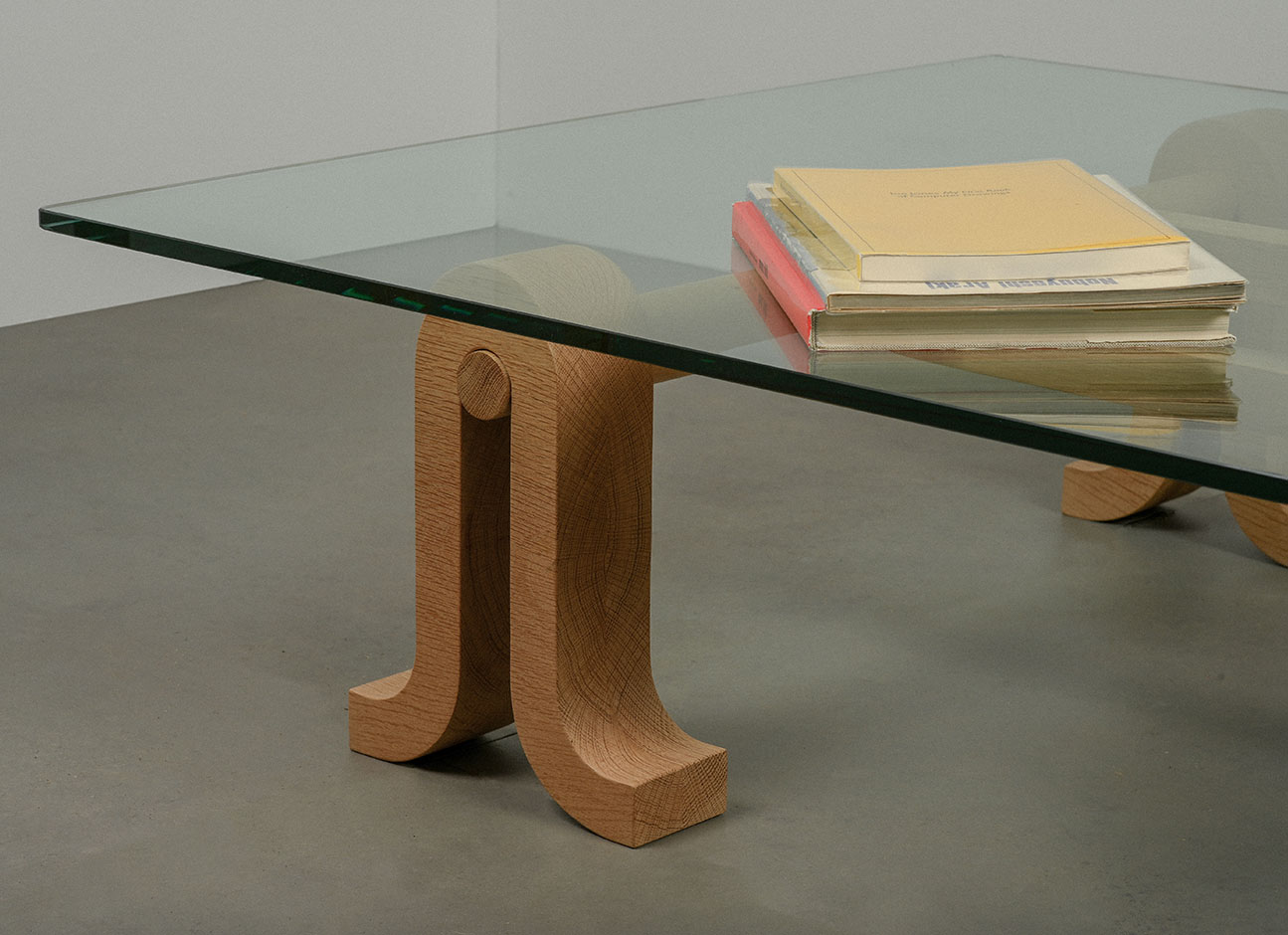
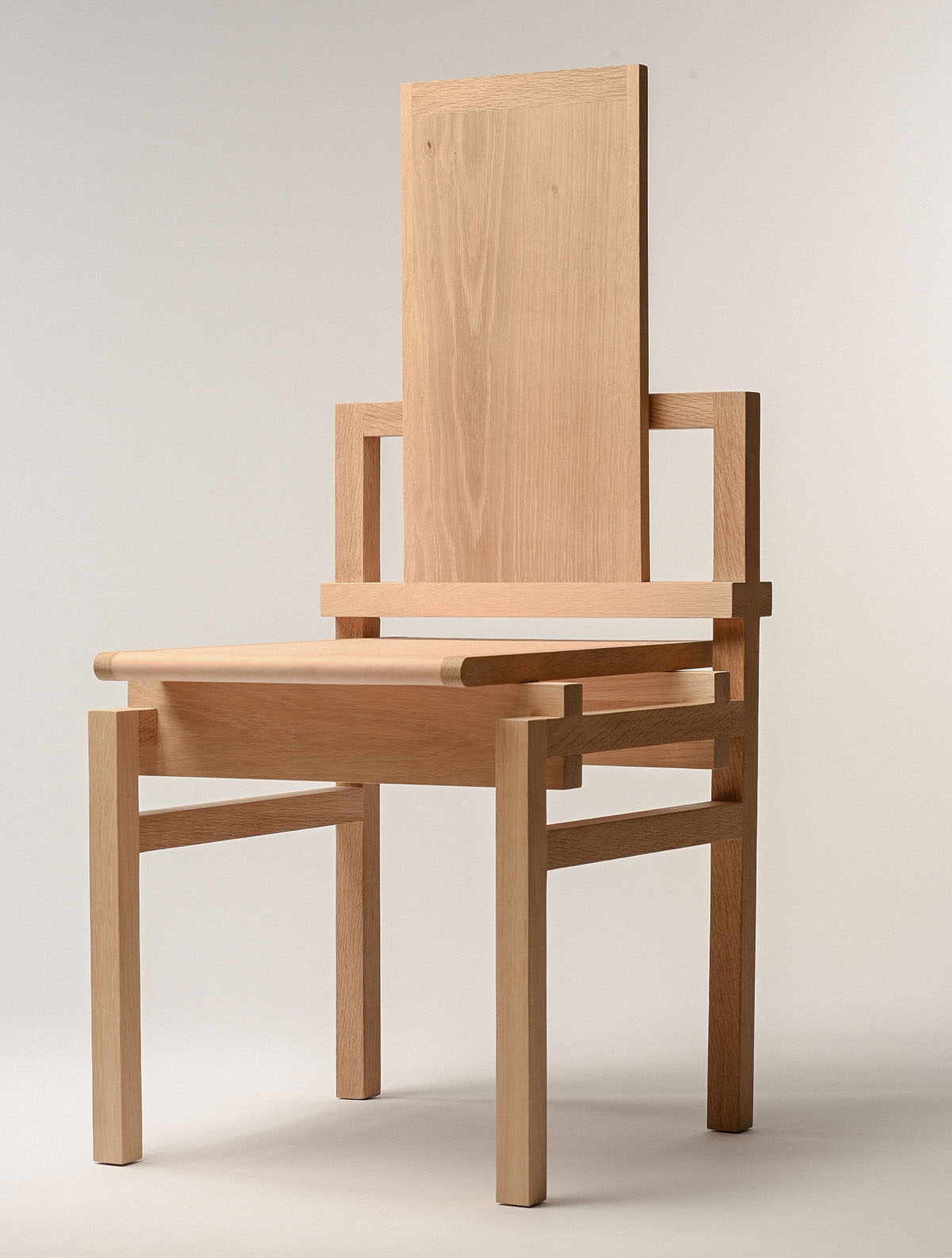
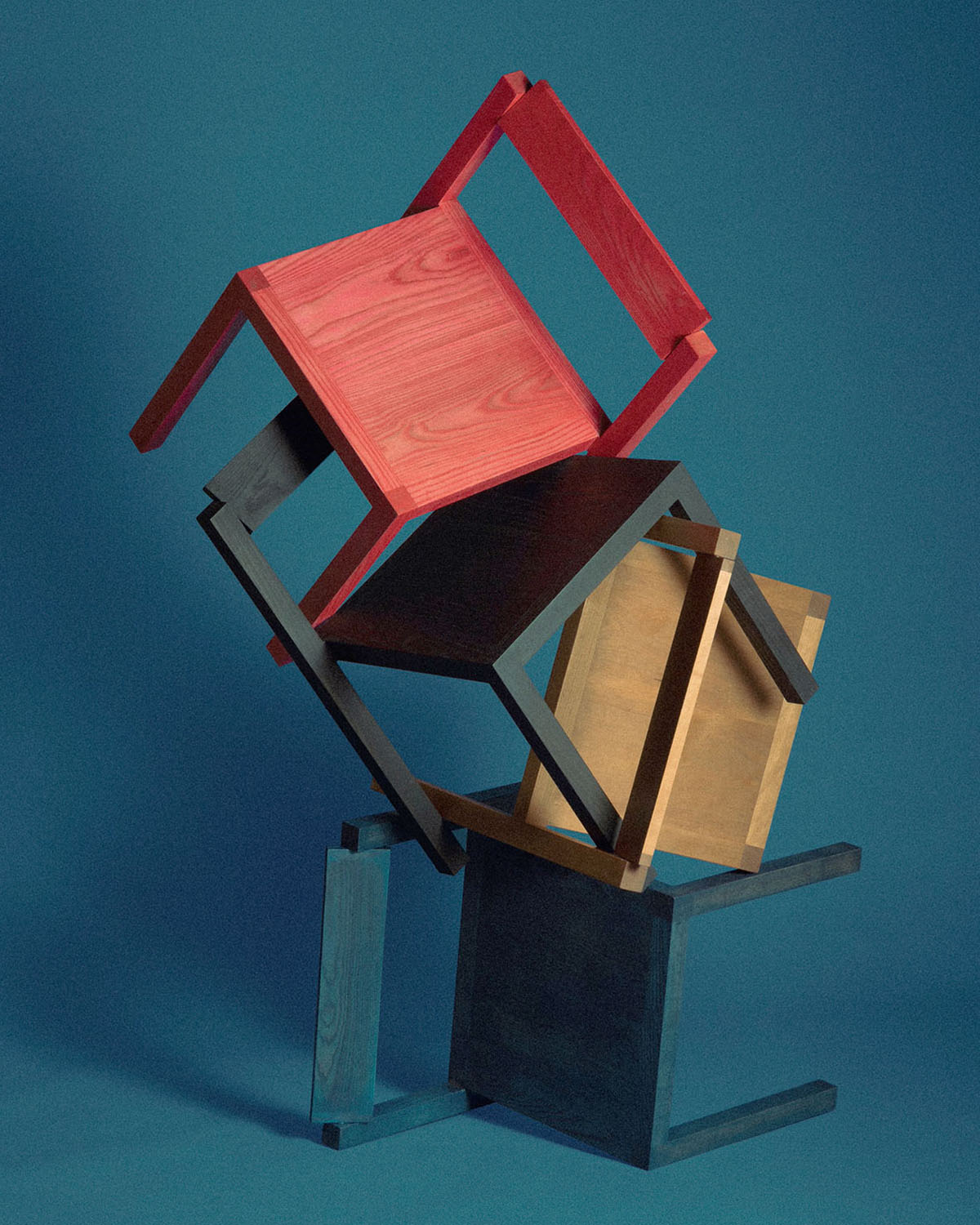
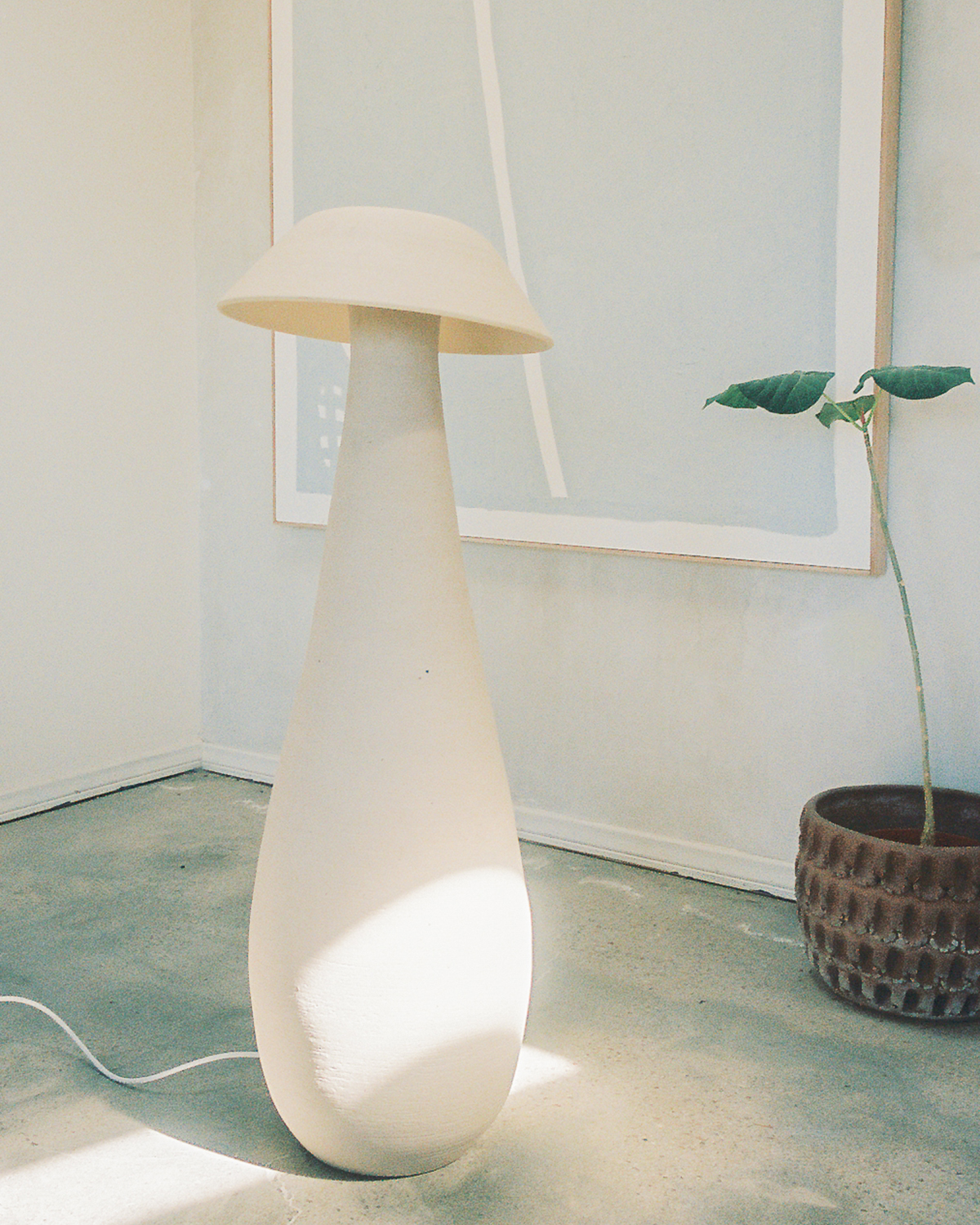 San Diego, nbijan.design
San Diego, nbijan.design
In little more than a year, Nicholas Bijan Pourfard went from a guy known for making guitars out of skateboards to a designer with a full portfolio of furniture and lighting — including one of our favorite lamps of 2021, the quirky all-clay Mushroom lamp. While he has a stated preference for simple constructions and rigorous forms, his pieces are never lacking in personality.
What is American design to you, and what excites you about it?
American design can mean many different things. We’re a diverse country with many cultures, which are all reflected in our design. As an Iranian-American designer who grew up in Southern California, I draw inspiration from many different areas of my background. I think this is what sets American designers apart. We grew up in a blended environment with different cultural experiences and resources all around us.
What are your plans and highlights for the upcoming year?
I hope to design larger pieces that test the boundaries of the materials I use. I’m currently prototyping designs that blend very different elements, which is taking my love for simple design and incorporating an unlikely second material within. So far, I don’t think I’ve reached the limit of what’s possible with glass, wood, or ceramic — and more complex ways of using the materials together. One of my main goals is to create designs that are functional and unique without being over-conceptualized.
What inspires or informs your work in general?
It inspires me to see people who are really masters of their craft. As a designer, I get to work with immensely talented people who help me prototype my designs as well as produce them. To see them in their own element is very inspiring. What I love about the design community I’m a part of is our ability to assist each other in our work. I greatly value growing relationships with the people I work with, and I think it adds to the outcome of every piece. Evan Lopez is a perfect example. He’s an incredible ceramicist and has been instrumental in the production of my Mushroom lamp. I’m inspired by his skill as well as his designs, and the large ceramic pieces he produces. Moving back to San Diego, which shares a border with Mexico, it was illuminating to see how much was happening here. The longer I’ve been here the more I’ve tapped into this incredible, bi-national community of artisans.
Nifemi Ogunro
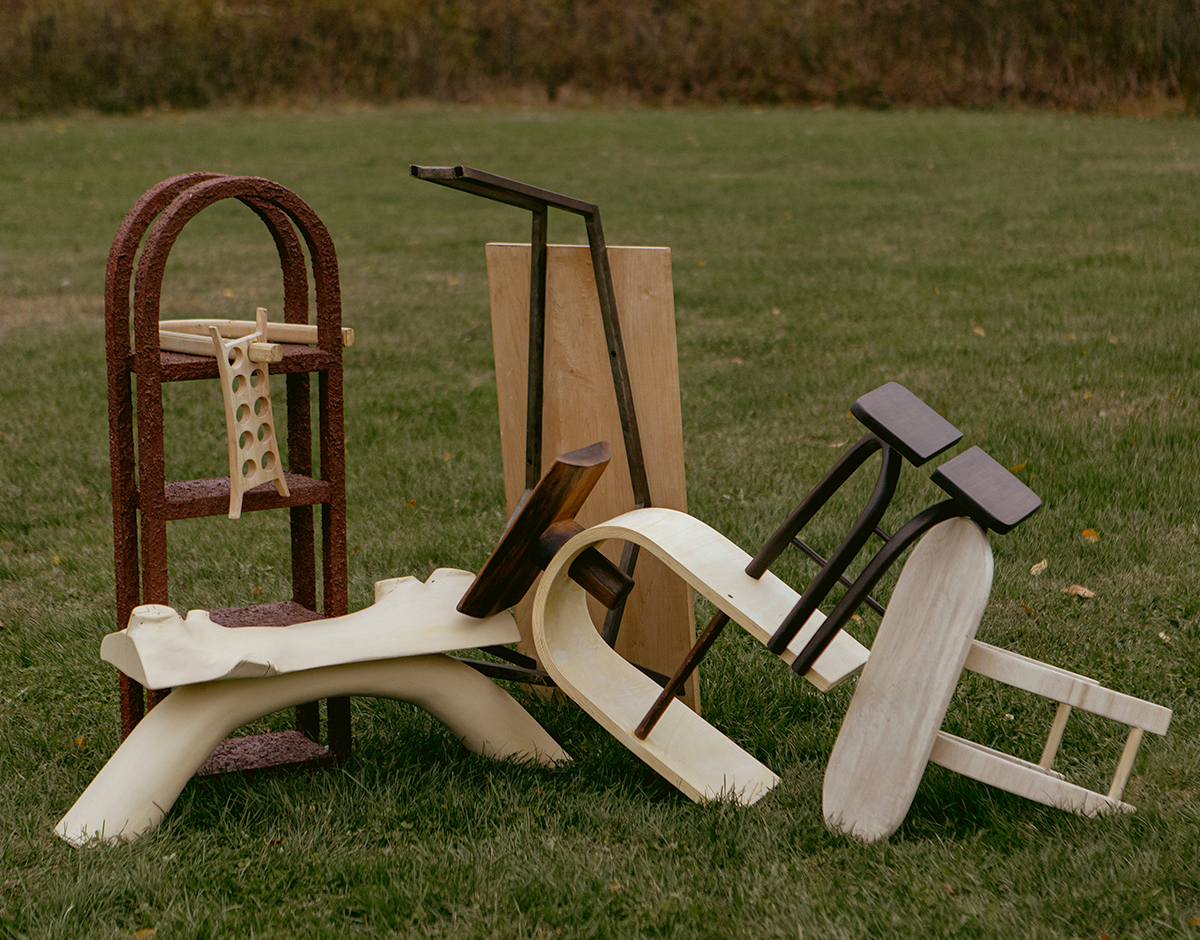
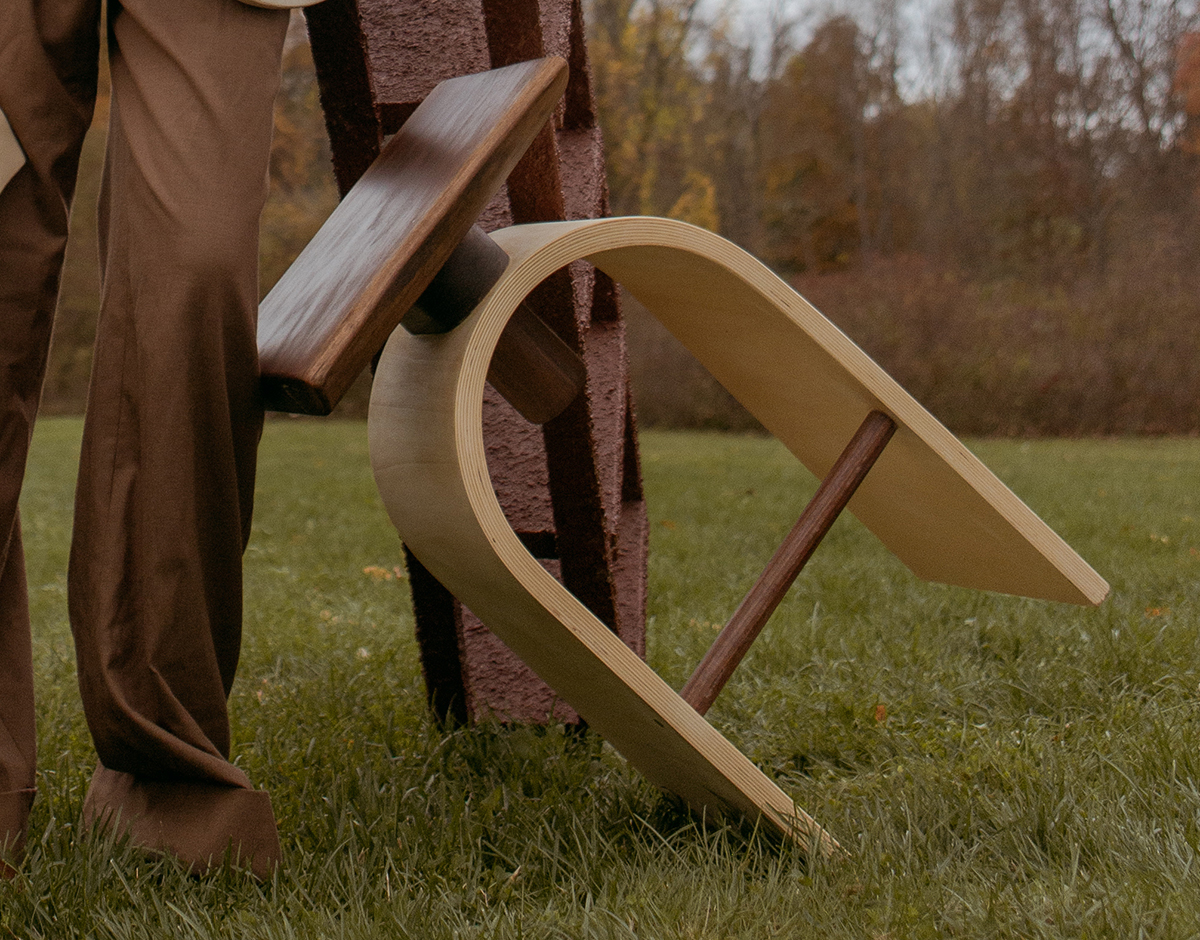
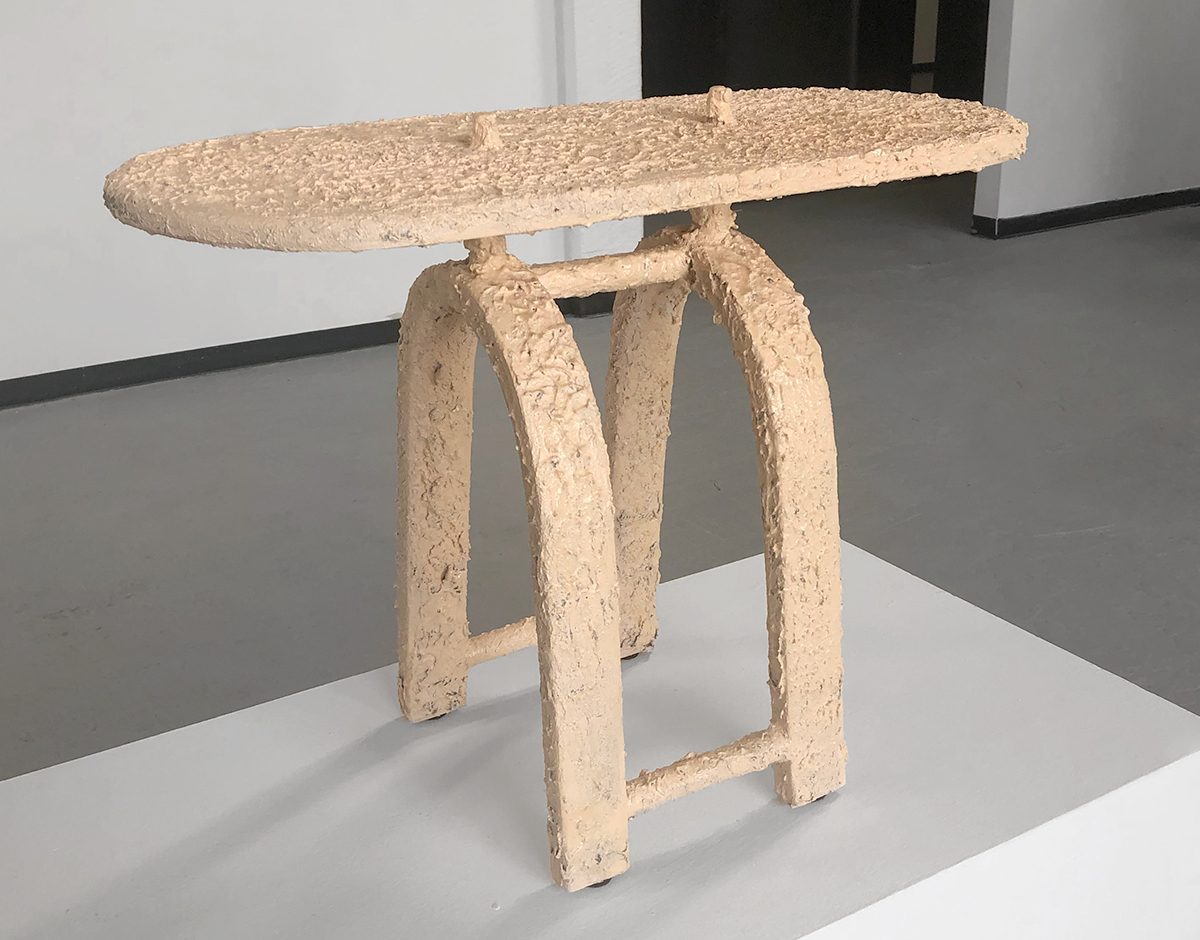
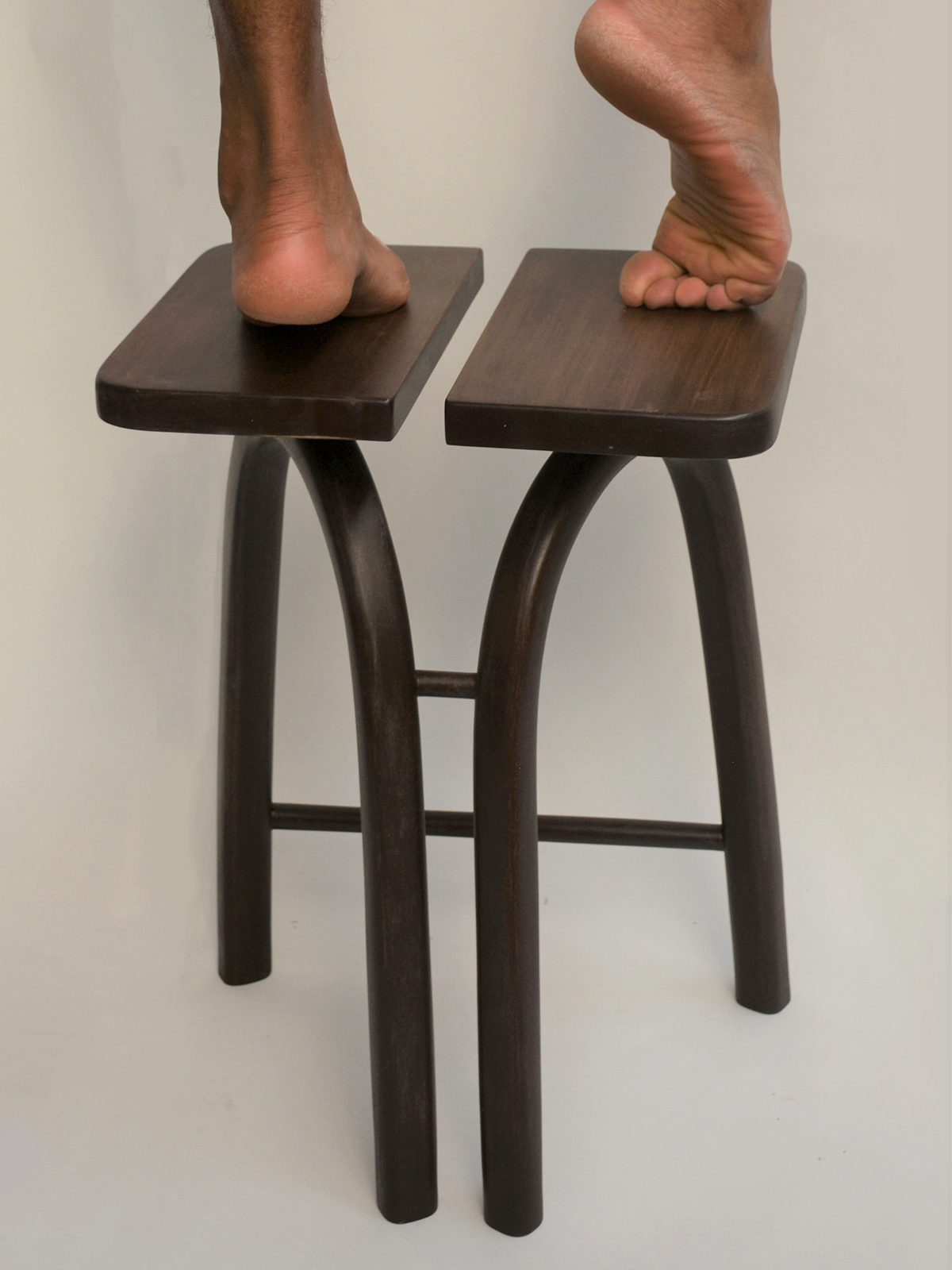
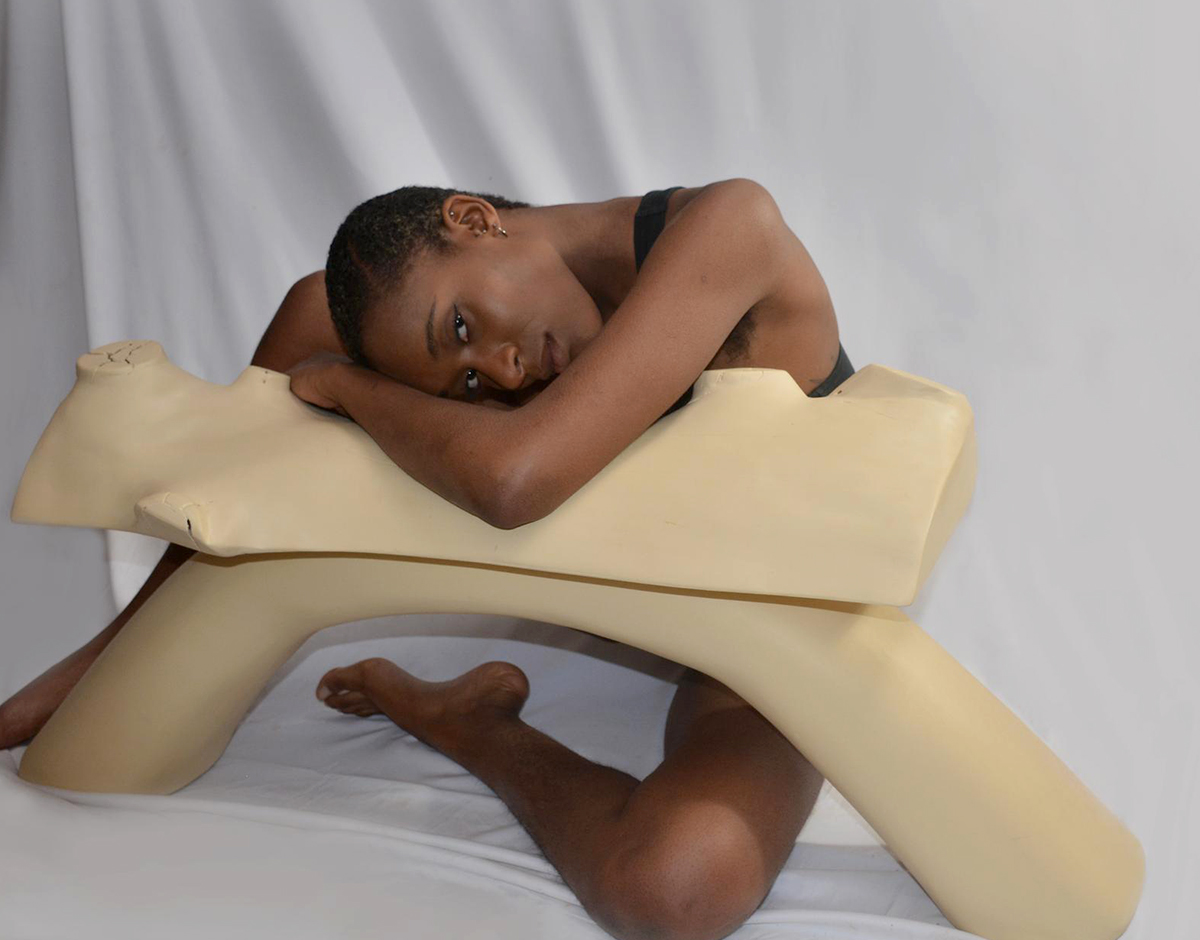 Brooklyn, nifemiogunro.com/
Brooklyn, nifemiogunro.com/
After studying product design at Appalachian State University, the Lyon-born, Nigerian-American designer moved to Brooklyn and quickly became a fixture on the scene, first in a Superhouse show late last year and more recently in Marta’s new Under / Over exhibition. We were struck by the sophistication of her so-called “functional sculptures,” which combine simplicity with small but welcome doses of oddness — a stool with a bisected seat, a maroon bookshelf with a rough stucco finish, a buttercream form that’s somewhere between a bone and a log. Consider us intrigued.
What is American design to you, and what excites you about it?
Because American design doesn’t account for all of the country’s moving parts, I find it difficult to define. The widely known tale of design, creation, and discovery is Eurocentric, yielding a monolithic representation of what can even be called “true design.” The very configuration of the United States was built to preserve as much power and dominance for those of European descent, yet American society itself is not homogeneous. Despite this, there is so much about the future of American design that excites me, specifically within Black design. The reimagining of what constitutes Black design, the shifting of narratives, and artists’ ability to share their stories and experience to help ensure a better future are all things that spark both hope and joy for me.
What are your plans and highlights for the upcoming year?
For a long time design was an escape for me. I would doodle sloppy sketches in meetings and fantasize about having enough knowledge to materialize these ideas. There’s something liberating about living in the imagination. Anything is possible. There’s an innocence that’s left unscathed because it has never been at odds with reality. For the upcoming year, I want to have enough time to ideate and enjoy the process of making as though it’s something I’m unearthing for the first time.
What inspires or informs your work in general?
There are endless designers, artists, musicians, and authors that articulate the themes I explore in my practice in beautiful ways, but personal experiences and the things I observe in everyday life inform my work. The only narrative I feel confident in telling is my own. The root of my work is to reimagine the way we traditionally engage with objects, question what spaces deserve beauty, and challenge the assumptions we place around functionality.
